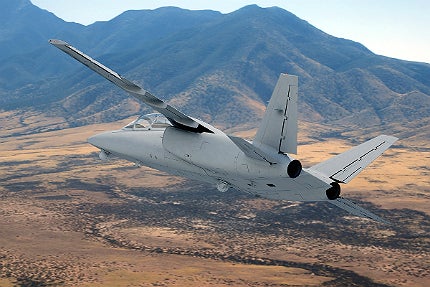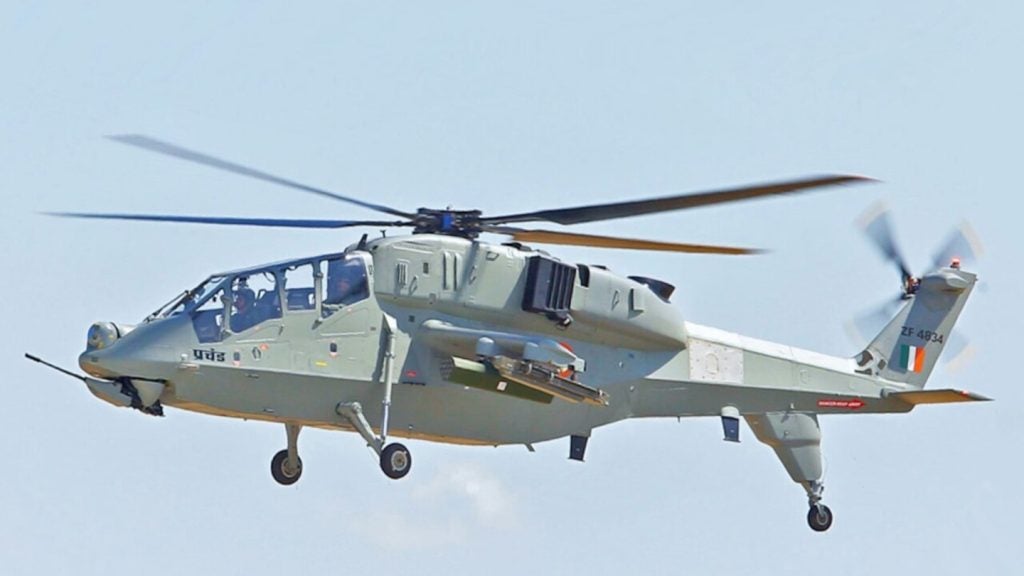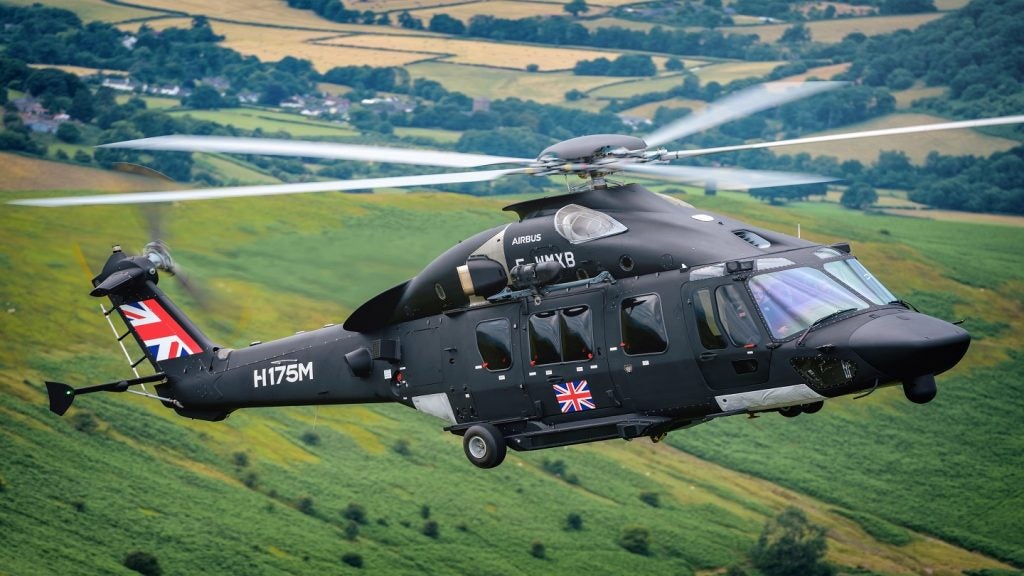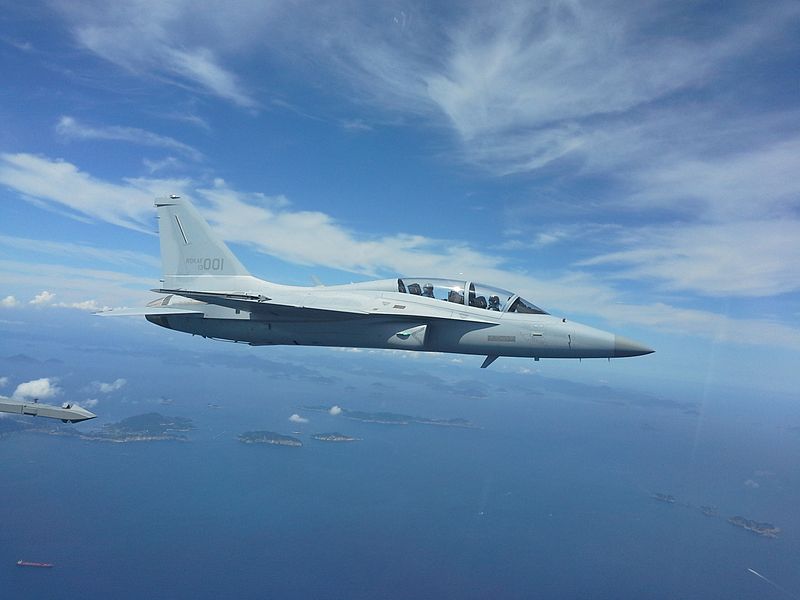
The Scorpion Intelligence, Surveillance and Reconnaissance (ISR) / Strike aircraft is being developed by Textron AirLand, a joint venture between Textron and AirLand Enterprises.
The aircraft is capable of performing air defence, irregular warfare, border patrol, maritime security, disaster relief and counter-drug missions.
The development of the Scorpion aircraft was commenced in January 2012, with the objective of producing the most economical jet-powered light attack aircraft in the world.
The first prototype was unveiled during the Air Force Association Air & Space Conference and Technology Exposition in September 2013. The first flight was conducted at the McConnell Air Force Base in Kansas in December 2013.
Scorpion made its international debut at the Royal International Air Tattoo in July 2014. It participated in a Northern Command and Kansas National Guard training exercise called Vigilant Guard 2014. It accumulated 225 hours of flight by October 2014 and is expected to enter production phase in 2015.
Scorpion’s design and features
The Scorpion aircraft features an all-composite airframe and structure powered by twin turbofan engines. Its fuselage integrates a tandem cockpit, retractable sensor package, internal payload bay and external mounts for precision and non-precision munitions. The corrosion-resistant airframe offers 20,000 hours of service life.
The aircraft is designed to integrate globally-available commercial components for reducing the total cost of ownership. The modular architecture of the aircraft allows for future integration of various sensors and weapon systems with reduced integration costs.
The internal payload bay is designed to deliver critical operational flexibility, by quickly accepting new payloads for different operational requirements. It can house various modules of sensors, fuel and communications in desirable combination to achieve high performance during a wide range of missions.
The Scorpion has a length of 13.25m, wing span of 14.42m and height of 4.26m. The standard weight of the aircraft is 5,352kg. The internal payload bay can accommodate a weight of 1,360kg, while the aircraft can carry a maximum payload of 4,286kg.
Scorpion Strike / ISR aircraft cockpit and avionics
The Scorpion aircraft accommodates two pilots in tandem layout. The two cockpits are equipped with advanced multifunction colour displays, providing the details of flight characteristics, aircraft operation, navigation and armament data.
The avionics suite integrates inherent Flight Management System (FMS), Class-B Terrain Awareness and Warning System (TAWS), engine indication and crew alerting system (EICAS), dual Air Data, Attitude and Heading Reference Systems (ADAHRS), dual GPS/Satellite Based Augmentation Systems (SBAS) and integrated moving maps.
The nigh-vision compatible cockpit also offers instrumentation for weather radar control, display of external video and digital flight data recording.
Weapon systems, sensors and radars on the Scorpion aircraft
The Scorpion ISR / Strike aircraft can be armed with a range of scaled munitions for indulgent military and homeland security environments.
The aircraft can carry an array of weapons systems on its external hard points under the wings. Three under-wing hard points on either side of the fuselage can hold precision guided munitions (PGMs) and general purpose munitions.
The Scorpion can be integrated with a variety of sensors, electro-optical / infrared devices and communication packages to perform various missions.
The aircraft will be offered with dedicated mission sensor systems, for conducting boarder security, maritime patrol, irregular warfare support, law enforcement, counter narcotics and humanitarian assistance / disaster response missions.
Engines and performance of Textron AirLand’s aircraft
The Scorpion is powered by two Honeywell TFE731-40AR-3S turbofan engines, each developing a thrust of approximately 4,000lbf (18kN).
The engines are controlled by a digital electronic engine control system. The electrical and hydraulic systems are powered by the accessories mounted above the engine gearbox.
The aircraft has the capacity to carry a fuel load of 2,721kg. The engines burn Jet-A, JP-5 and JP-8 jet fuels.
The aircraft can fly at a maximum speed of 450KTAS. The certified service ceiling is 45,000ft. The aircraft will have a ferry range of 2,400nmi. It will be able to remain on-station for more than five hours.
The Global Military Aircraft Market 2011-2021
This project forms part of our recent analysis and forecasts of the global Military Aircraft market available from our business information platform Strategic Defence Intelligence. For more information click here or contact us: EMEA: +44 20 7936 6783; Americas: +1 415 439 4914; Asia Pacific: +61 2 9947 9709 or via email.
Related content
R-27 (AA-10 Alamo) Guided Medium Range Air-To-Air Missile, Russian Federation
The R-27 (AA-10 Alamo) is a guided medium range, air-to-air missile manufactured by Russian firm Vympel and Ukrainian firm Artem.
Mi-35M (Hind E) Attack Helicopters, Russian Federation
The Mi-35M is a multi-role combat helicopter manufactured by Rostvertol, a subsidiary of Russian Helicopters.






.gif)




